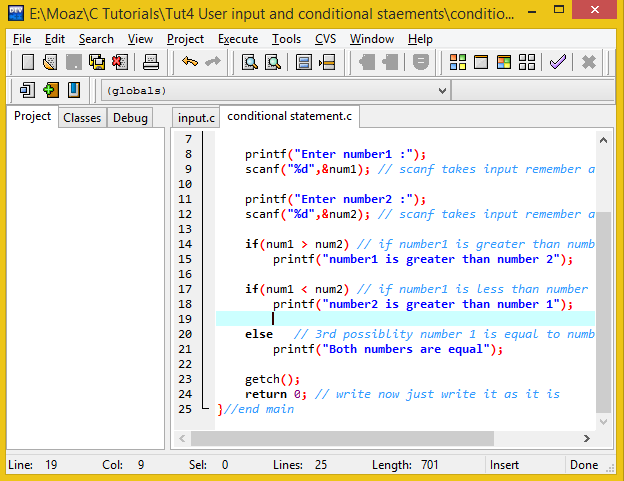Top Pages
- ✔ Studio One 4.5 Dropout Protection
- ✔ David C Cook Curriculum Real Life Download
- ✔ Download Cooking Game Bake A Chocolate Cake
- ✔ Sting 57th & 9th Auto-tune
- ✔ Fruity Scratcher Vst Download
- ✔ Download Game Hunt Cook Catch And Serve
- ✔ How To Get Rid Of Cracked Serum Without Losing Presets
- ✔ Auto Tune Logic Pro X

